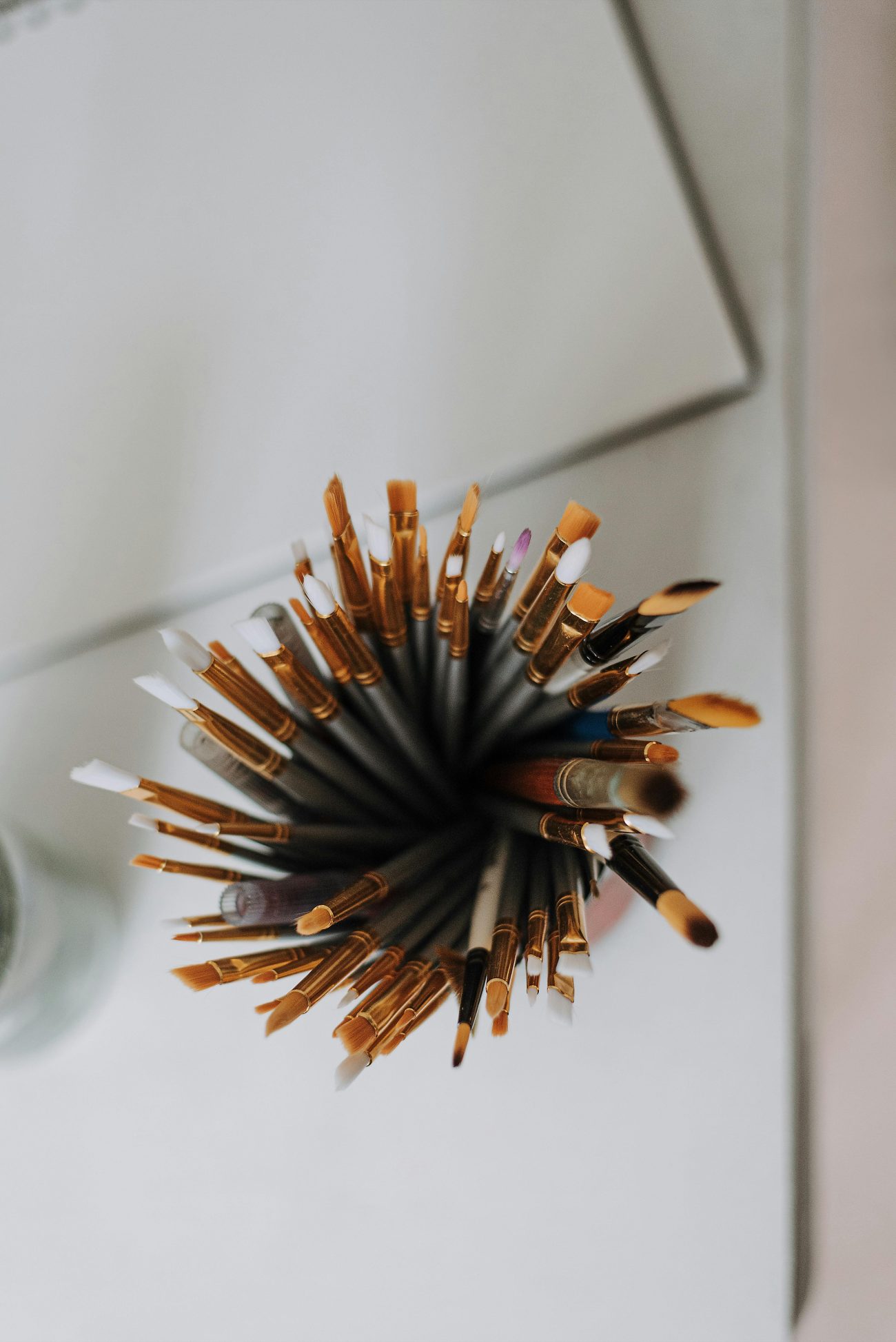Art has always been a reflection of human creativity, evolving alongside technology and culture. From the earliest cave paintings to today’s digital masterpieces, artists have experimented with different mediums to express their visions. This journey from traditional painting to digital art is not just a shift in tools but a transformation in how we create and perceive art. Whether you’re an aspiring artist or an art enthusiast, understanding these mediums can deepen your appreciation for both the past and future of artistic expression.
The Timeless Appeal of Traditional Painting
Traditional painting has been a cornerstone of artistic expression for centuries. Using mediums like oil, acrylic, watercolor, and gouache, artists have created works that stand the test of time. Each medium offers unique characteristics:
- Oil Paint: Known for its rich texture and slow drying time, oil paint allows for blending and layering, making it a favorite among classical artists.
- Acrylic Paint: Fast-drying and versatile, acrylics are popular for their bold colors and adaptability to various surfaces.
- Watercolor: Delicate and translucent, watercolor is ideal for creating soft, ethereal effects.
- Gouache: A hybrid between watercolor and acrylic, gouache offers opacity and vibrant hues.
Traditional painting requires mastery of techniques like brushwork, color mixing, and composition. The tactile experience of applying paint to canvas or paper is irreplaceable, offering a direct connection between the artist and their work.
The Rise of Digital Art: A New Frontier
With the advent of technology, digital art has emerged as a powerful medium, blending creativity with innovation. Tools like graphic tablets, styluses, and software such as Adobe Photoshop, Procreate, and Corel Painter have revolutionized how artists create. Key advantages of digital art include:
- Undo and Edit: Mistakes are no longer permanent—artists can experiment freely without fear of ruining their work.
- Layers and Effects: Digital tools allow for complex compositions with layers, filters, and special effects.
- Accessibility: No need for physical supplies; digital art can be created anywhere with a device.
Despite its digital nature, this medium still demands a strong foundation in traditional art principles like perspective, lighting, and anatomy. Many digital artists begin with traditional training to hone their skills before transitioning to pixels.
Bridging the Gap: Mixed Media and Hybrid Techniques
Some artists choose not to limit themselves to one medium, instead blending traditional and digital techniques. Mixed media art combines physical materials like paint, ink, or collage with digital enhancements. For example:
- An artist might sketch by hand, scan the drawing, and refine it digitally.
- Traditional paintings can be photographed and edited with software to add textures or effects.
Hybrid approaches offer the best of both worlds—tactile authenticity and digital flexibility. This fusion is particularly popular in illustration, concept art, and graphic design.
Choosing the Right Medium for Your Artistic Vision
Deciding between traditional and digital art depends on your goals, preferences, and resources. Consider the following:
Traditional Art
- Pros: Tangible results, unique textures, and a hands-on creative process.
- Cons: Requires physical space and supplies, limited undo options.
Digital Art
- Pros: Endless experimentation, portability, and professional-grade tools.
- Cons: Steep learning curve for software, reliance on technology.
Many artists find that exploring both mediums enriches their creativity, allowing them to adapt their style to different projects.
The Future of Art: Where Tradition Meets Innovation
As technology advances, the line between traditional and digital art continues to blur. Virtual reality (VR) and augmented reality (AR) are opening new possibilities for immersive art experiences. Meanwhile, traditional techniques remain revered for their authenticity and craftsmanship.
The art world is no longer divided into strict categories—instead, it’s a dynamic space where artists borrow from both past and present. Whether you prefer the smell of oil paint or the precision of a digital brush, the most important thing is to keep creating and exploring.
Art is a journey, and every medium offers its own unique path. From canvas to pixels, the tools may change, but the passion for expression remains the same.
